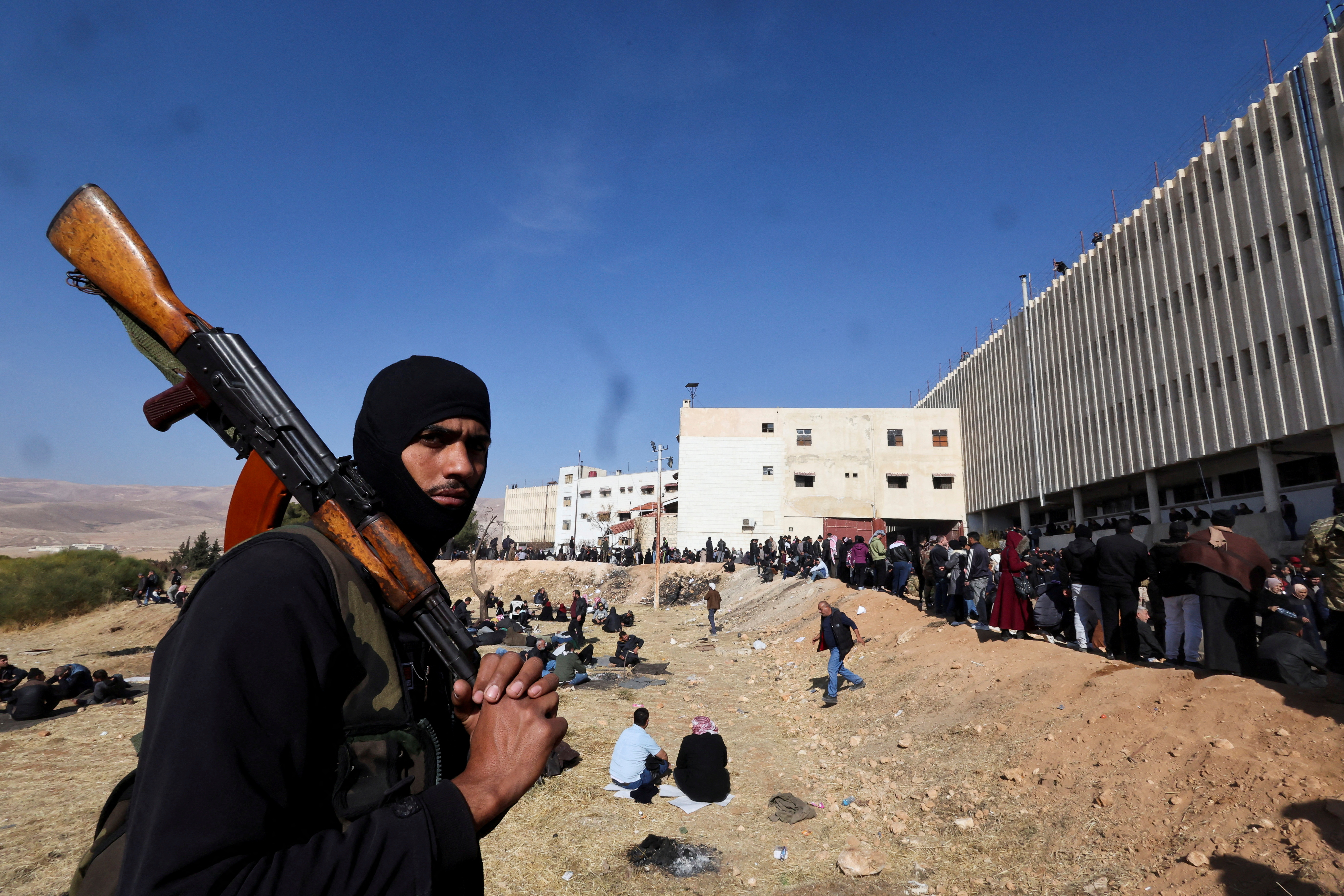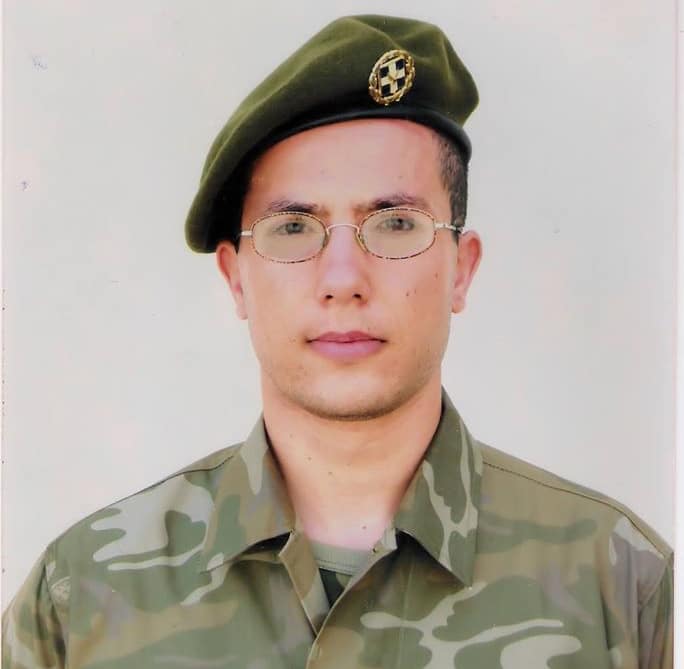Syria’s dynastic dictatorship, which was established in 1971, collapsed at the weekend, Bashar al-Assad’s regime toppled by militant group Hayat Tahrir al-Sham (HTS) which encountered little resistance from Assad’s army as it advanced into Damascus. Assad fled, leaving behind a country ravaged by 13 years of civil war, with half its population (some 12 million people) displaced and different parts controlled by an array of military groups.
The civil war is estimated to have killed more than 300,000 people while 100,000 people are said to be missing; there are more than three and a half million Syrian refugees in Turkey and another 1.5million in Lebanon and Jordan. There is also a large number in Cyprus as a proportion of the population, and many of them have been out celebrating the collapse of the regime, as people have been doing in Damascus where prisons have been opened and thousands of political prisoners released.
While people were celebrating the fall of Assad’s brutal regime, Israel, the United States and Turkey all carried out bombing raids on different parts of the country. While the US bombed sites associated with Islamic State, Turkey targeted Kurdish forces and Israel bombed facilities believed to have been used for missiles and chemical weapons. Israel also sent troops into the buffer zone beyond the occupied Golan Heights. Meanwhile Assad’s backers – Russia and Iran – are also concerned about their interests. Iran said it expected good relations with Damascus would continue, while from Moscow the message was that Russia would respond to any attack on its military bases.
The leader of HTS, which had been an al-Qaida affiliate, Abu Mohammed al Jolani, is now in control, but whether he will impose his rule is another matter. There are rival factions in other parts of the country. Al Jolani told crowds in Damascus that a “new history is being written in the entire region” and Syria would become a “beacon of the Islamic nation”. How he will achieve this is the big question. It should be noted that in Idlib, which is under the control of HTS, there is a authoritarian rule and human rights abuses were recorded.
If he can bring stability to a country that has been devastated by 13 years of civil war it will be a major feat. There is however the danger that Syria will go the way of Iraq and Libya, after the toppling of Saddam Hussain and Colonel Gaddafi, both of whom were ruthless dictators but ensured stability. Neither Libya nor Iraq have known peace and stability since these strongmen fell. They are now failed states, and it is entirely possible that Syria could suffer the same fate with factions in different parts of the country fighting to expand their power and control, while Turkey, Israel, Russia and Iran seek to influence the situation to their respective advantage.
And what will US president-elect Donald Trump’s position be, considering the US has been backing the Syrian Democratic Forces, a coalition of Kurdish nationalist militias in the north-east. There are also the Turkey-backed rebel factions, known as the Syrian National Army and forces that were opposed to Assad in the south. With so many disparate forces involved in trying to shape the future, any form of stability in Syria would come as a big surprise.







Click here to change your cookie preferences